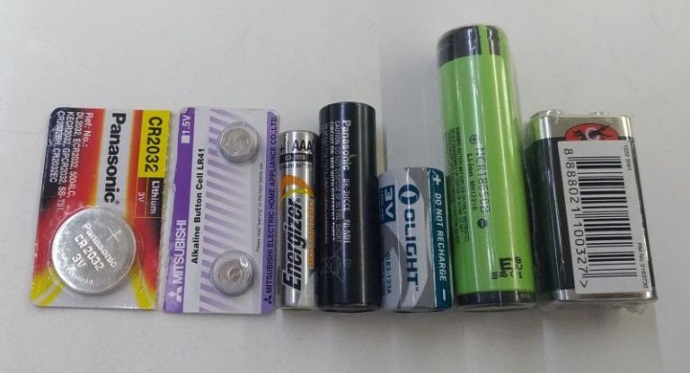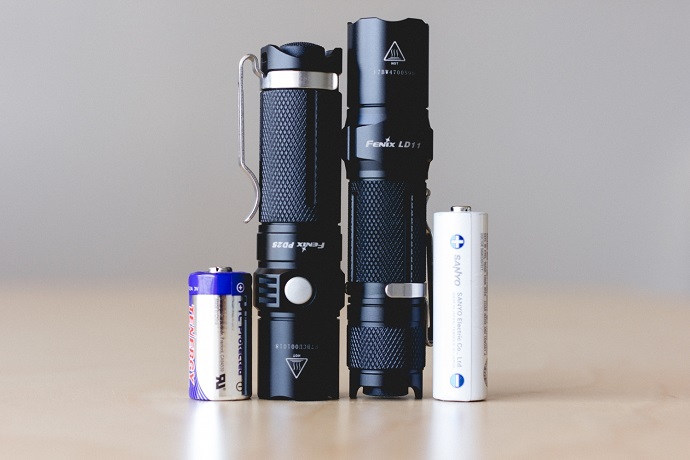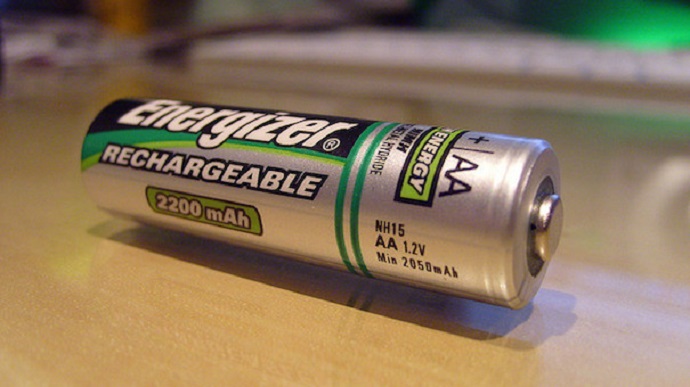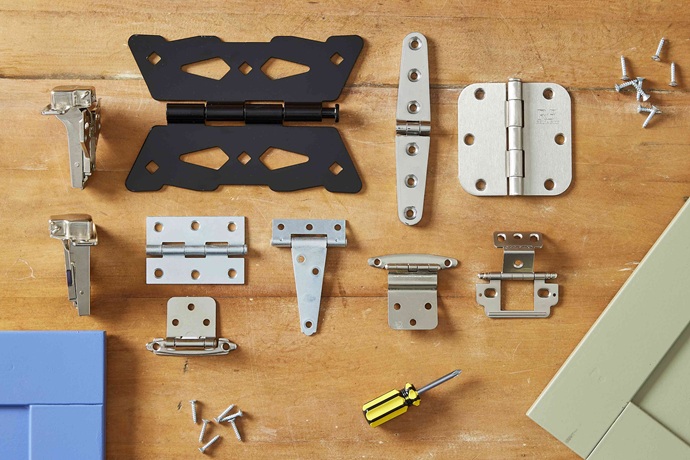Every device and electrical gadget runs on batteries these days, and for most of them, we are yet to find an alternative to juice them up. Whether it’s cameras, flashlights, GPS devices, cordless power tools of different shapes and sizes – they all need a battery to operate. Since such different types of devices and equipment are powered by batteries, you might want to learn a thing or two about their specifications before you go ahead and buy one for whatever it is you need to power.
Battery Sizes

You are probably familiar with AA batteries, as they are one of the most ubiquitous types that is compatible with most devices. It’s the standard battery you can buy at any convenience store. They are the typical disposable battery and they pack 1.5V of power.
Then, there are AAA or “triple A” batteries. When you want to buy batteries for your TVs remote control these are the batteries you look for. There are “quadruple A” batteries, and though they are small they can power a small LED. “C” type batteries are also 1.5V and they’re typically used for powering sensors and other similar devices.
Then, there are “D” batteries that are able to provide power for a prolonged period of time (needed for powering a stereo or torch, for example). These batteries can be bulky, and they were the first type of battery used to power a flashlight.
The design of batteries has significantly improved over the years, and batteries like CR123A, 23A and CR2032 pack quite a punch. LED torches and tactical equipment is often powered using a CR123A battery. It has great power-to-size ratio and delivers 3V of power. The other two batteries in this group are also powerful (23A packs 12V) and they are used when you need a burst of energy (like power tools).
When you have four digits in the name of a battery (CR2032) the first two numbers refer to the diameter, and the other two indicate the height. The letters indicate chemical composition and shape.
Battery Chemistry

So, in CR2032, the “C” refers to the battery chemistry, which in this particular case would be lithium. Since batteries consist of electrochemical cells (electrodes separated by an electrolyte) manufacturers can use one or several different cells. The electricity lies dormant and is stored as chemical energy. The flow of electrons is enabled when the battery is placed between two electrodes carrying different charge (anode or negative, and cathode or positive), you get current.
Based on the chemical composition, there are alkaline, lithium, NiMH (Nickel-metal hydride) or Li-ion (Lithium Ion) batteries. The first two are disposable batteries while the latter two are rechargeable. In essence, all batteries have their service life and even multi-use batteries can lose their effectiveness due to bad handling or dissipation of the active materials. Recharging is done by reversing the chemical reactions to restore the reactants, but this can’t go on indefinitely.
When compared to single use alkaline batteries, NiMH or Li-ion perform better. If you store them over a long period of time rechargeable batteries lose their capacity and have to be charged more often. On the other hand, single use batteries are bad for the environment because once they are used you have to dispose of them.
Choosing the Right Batteries

It’s common sense, but checking the instruction manual of the appliance or device you need powered is your safest bet to choosing the right batteries for the job. Long gone are the days when a bloke could use the same battery to operate different models of flashlights, even if they come from the same manufacturer. You should still refer to the flashlight’s specification sheet. Fortunately, there’s usually more than one way to power them. For example, high performing torches run on either one rechargeable Li-ion battery or two separate 3V CR123A batteries. If you don’t use these types of batteries the flashlight will not work to it’s full capacity (in terms of lumens, beam distance, etc.).
When you consider getting a rechargeable battery (and provided your device supports multi use batteries) make sure you take a look at the charge and discharge cycles. This will give you an idea about the amount of time you can reuse the batteries before having to buy batteries that will serve as spares. Obviously the degree of use will play huge role in the equation.

Then, there is what is known as self-discharge rate, or the conditions that would trigger the battery to deteriorate even if it’s not put to use. This is completely different from the discharge rate of the device or gadget. In other words, this is when the device drains the battery even though everything is turned off. Self-discharge refers to battery losing capacity from siting idle in a box. It all boils down to the chemistry within the enclosure.
The temperature at which you store and operate the battery will also affect it’s performance. Generally speaking, batteries perform poorly in cold weather. You can warm the batteries up before using them in cold environment, but you won’t always have the extra time to do so. And if you use the batteries on the go, keep in mind that every time you drop them or handle them crudely you are potentially speeding up their deterioration.
Last but not least, you should look into the flexibility your battery has in terms of charging. It’s not the first thing it comes to mind, but different batteries charge differently. If you are out and about, or you can’t rely on a stable flow of current to charge them, (like off grid systems – solar panel when it’s overcast) some batteries can’t be replenished.



















